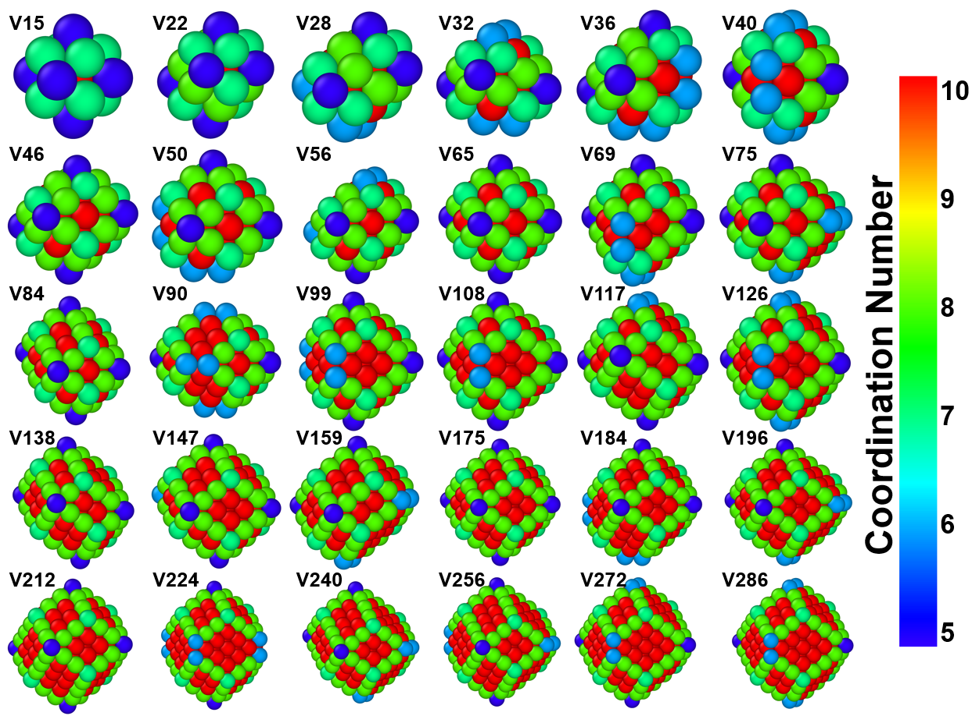
Researchers from the Institute of Solid State Physics, Hefei Institutes of Physical Science (HFIPS) along with their Canadian partners from McGill University, developed a new theoretical model recently, which enables accurate predictions of nanovoid structures and energetics in metals.
"This result will provide quantitative understanding and evaluation of irradiation induced damage in key components of nuclear reactors,” said LIU Changsong, who led the team.
In nuclear reactors, metal materials are constantly irradiated by high energy particles such as neutrons. These particles can easily knock metal atoms out of their stable sites, creating vacancies which then agglomerate and form nanosized voids, leading to premature failure to metal materials. Therefore, accurate prediction of nanovoid formation and evolution is of great importance. Yet, many basic properties of nanovoids, such as structure and vacancies binding energy, have never been precisely determined.
To tackle this problem, the research team did a thorough study via computer simulations based on fundamental quantum mechanics. After screened thousands of potential nanovoid structures, they finally found a simple way to predict the stable structure and determine the related energy.
First, they proposed using a special polyhedron call “Wigner-Seitz cell” to accurately describe nanovoid structures. In this way, different nanovoids structures were viewed as different stacking of these Wigner-Seitz cells, and the stable structure of a nanovoid was simply the one with the minimum Wigner-Seitz cell surface area.
Following this thread, the team then calculated energies of different nanovoids, and found a perfect linear relationship between their energies and their surface area. Based on this relation, a new theoretical model was formulated, allowing precise predictions on the strength of vacancies binding nanovoids.
"The new model offers predictions that far more accurate than previous models, and shows much better agreement with recent experimental observations,” said Dr. Kong, member of the team in HFIPS, "It provides a powerful tool for evaluating irradiation damages in current nuclear reactors, and paves ways for harvesting fusion energy in the future."
The work was supported by the National Magnetic Confinement Fusion Energy Research Project and the National Natural Science Foundation of China.
Link to the paper: Accurate prediction of vacancy cluster structures and energetics in bcc transition metals

Fig. 1 Structures of nanovoids predicted by the new research model. Spheres indicate constituting vacancies and are colored by the number of neighboring vacancies (Image by HOU Jie)
Contact:
ZHAO Weiwei
Hefei Institutes of Physical Science (http://english.hf.cas.cn/)
Email: annyzhao@ipp.ac.cn